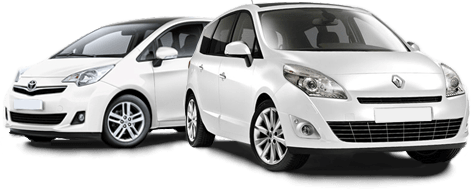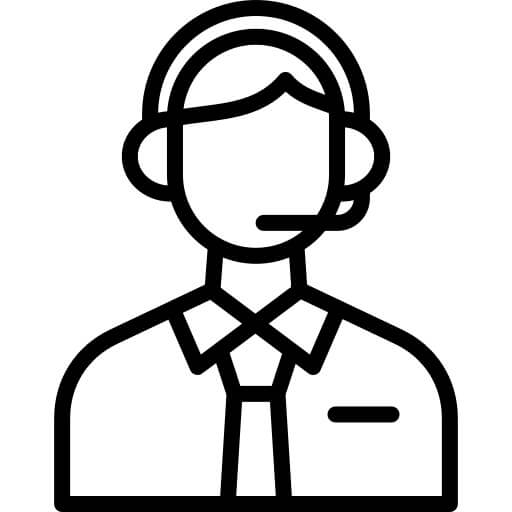Car Hire in Hull | Book at Unbeatable Prices

Compare Prices and Book from the Top Car Rentals






Car Hire in Hull
Explore the Must-visit Attractions of Hull and Beyond By Car

Welcome to Hull, a city steeped in maritime history and pulsating with a rich cultural scene. Situated in East Yorkshire, Hull was named UK City of Culture in 2017 due to its thriving arts sector. You will find plethora of attractions to explore in Hull, including Hull New Theatre providing high quality dramas, opera, ballets and comedy shows or Ferens Art Gallery showcasing impressive collection of artworks spanning many centuries.
Moving beyond the city centre, hiring a car opens up a realm of possibilities for day trips. An hour's drive to the north stands the majestic North Yorkshire Moors National Park - a vast expanse of heather moorland, woodland and coastline, teeming with wildlife and criss-crossed with walking trails. To the west, about an hour and a half by car, is the historic city of York, brimming with medieval architecture and quintessentially British charm. Its most outstanding landmarks include York Minster, one of the world’s most magnificent cathedrals, and the Jorvik Viking Centre.
Travelling south, a 40-minute car ride will take you to the beautiful market town of Beverley, boasting a splendid minster and bustling market square. Further down towards the Lincolnshire Wolds, an Area of Outstanding Natural Beauty, you’ll find stately homes such as Burton Agnes Hall or Sewerby Hall; these are journeys of approximately one and two hours respectively. To explore all these wonders, make sure you have plenty of time and a reliable car to get the most out of your Hull based adventure!





